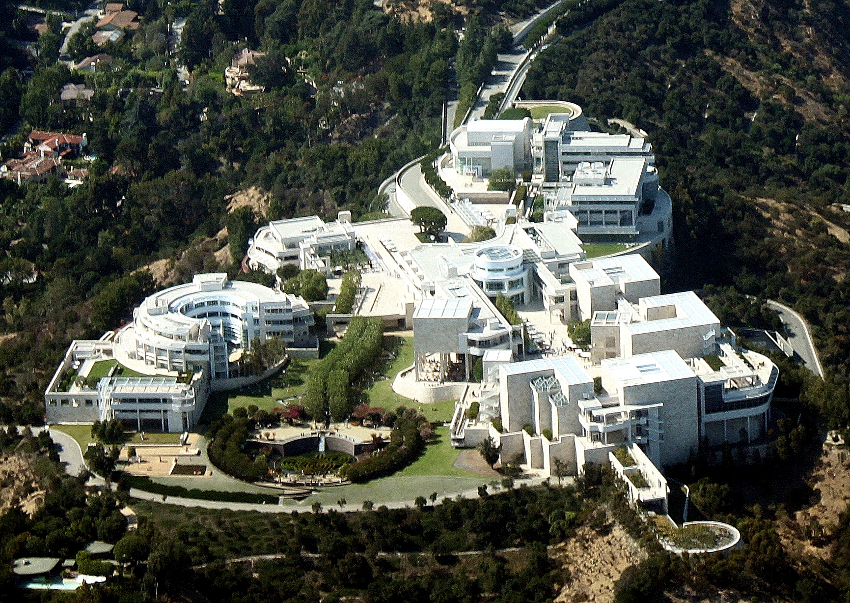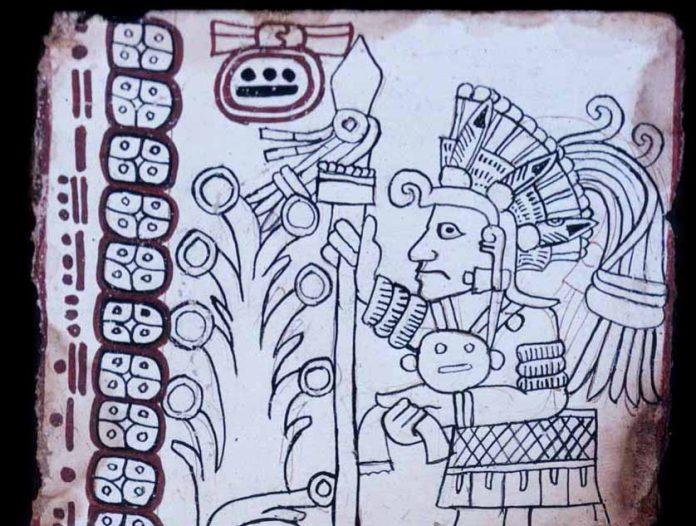The oldest surviving book in the Americas, known as the Códice Maya de México (Maya Codex of Mexico) is on display at The Getty Center Museum in Los Angeles in an exhibit that opened on Oct. 18 and will run through Jan. 15, 2023.
On loan from Mexico’s National Library of Anthropology and History, this is the first time the artifact has been exhibited in the U.S. in fifty years.
“The importance of this special loan from Mexico cannot be overstated,” said museum director Timothy Potts in a press release. “Home to the largest Mexican diaspora outside of Mexico, this loan is a gift not only to our Getty visitors but to the city of Los Angeles.”
The book has been exhibited only three times before: in 1971 at the Grolier Club in New York – hence its former name as the Grolier Codex – and twice at the National Museum of Anthropology and History in Mexico City.

Painted by a single artist on amate paper (made from the bark of fig trees), the Códice Maya de México tracked the transit of the planet Venus as the morning and evening star, a journey that, from the Earth’s perspective, lasts 584 days and which was calculated in the codex over 104 years.
For decades, the book’s authenticity was disputed due to its mysterious appearance in the mid-1960s in a private collection in Mexico.
With the use of the latest technology, scholars were able to authenticate the book in 2018 through a multidisciplinary project coordinated by the National Institute of Anthropology and History (INAH).
Their extensive research concluded that the codex dates to the period between 1021 and 1152 AD, making it at least two hundred years older than the three other surviving pre-Hispanic manuscripts.
The exhibition will highlight the sophisticated astronomical calendar content of the codex, and the way in which the Maya civilization interpreted the cosmos.
“The exhibition draws attention to the intellectual and artistic achievements of ancient indigenous peoples of the Americas,” said Mary Miller, of the Getty Research Institute. “It critiques and de-centers notions that science and mathematics were under the strict purview of European cultures.”
With reports from Getty Museum and INAH
